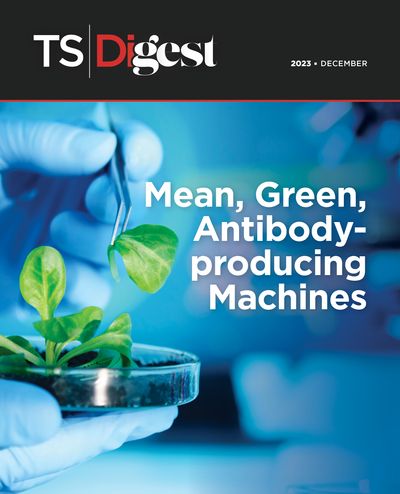Fighting Cancer: Lessons from the Naked Mole-rat
Mice live longer, healthier lives thanks to a gene from their glabrous subterranean cousins.
In the quest to improve human healthspan, researchers seek to borrow tricks from animal super agers. “Probably the most striking thing about naked mole-rats is their longevity and health,” said Vera Gorbunova, who studies the biology of aging at the University of Rochester. Naked mole-rats can live for more than 40 years—about ten times as long as the maximum lifespan of a mouse—and are resistant to many age-related diseases, including cancer.1

In a recent Nature study, Gorbunova and her colleagues showed that some of these remarkable health features could be genetically transferred to another species, raising hopes that they could one day be applied to improve human healthspan as well.2
In a previous study, the researchers found that high-molecular-mass hyaluronic acid (HMM-HA) produced by the hyaluronan synthase 2 (HAS2) gene mediates cancer resistance in naked mole-rats.3 To investigate if HMM-HA prevents cancer in other species and to explore its role in aging-related processes, scientists created transgenic mice that overexpressed the naked mole-rat HAS2 gene. These genetically-upgraded mice were less likely to develop both spontaneous and chemically-induced cancers. The naked mole-rat HAS2 gene also reduced inflammation, which is a major driver of many age-related diseases. Ultimately, the median survival of the transgenic mice increased by 4.4 percent.
“This was a really convincing paper using a comprehensive group of assays,” said Matthew Pamenter, who studies naked mole-rat biology at the University of Ottawa and who was not involved in the study. “It really captures the potential of studying these comparative species, like naked mole-rats, to learn lessons from nature and try to reverse engineer what nature has taught us.”
Gorbunova said that her team is currently developing drugs to inhibit HMM-HA-degrading enzymes. “That may be a path to clinical applications,” she said. “That way, we wouldn’t need to do gene therapy on people; we could just slow the degradation process using small molecule inhibitors.”
References
- Oka K, et al. Annu Rev Anim Biosci. 2023;11:207-226.
- Zhang Z, et al. Nature. 2023;621(7977):196-205.
- Tian X, et al. Nature. 2013;499(7458):346-349.


